by Penny Pawl, UC Master Gardener of Napa County
Because of the drought, I am trying French intensive gardening (also known as small-space gardening or square-foot gardening) this year. Rather than spread my vegetables out, I am using the French intensive method to save water.
When I first became a Master Gardener, one of the veteran members was using this method and it seemed to work well for her. She had laid out a grid in her garden and placed different plants within each grid. I have not been that precise, but I have reduced the space between the plants.
If you learn a little about these methods, you may be interested in trying them, too.
French intensive gardening originated around five centuries ago in Paris. It was known as “market gardening” then, a term for growing a variety of marketable crops in small plots. The gardeners would take their crops to the local market to sell them. They practiced companion planting—growing synergistic plants together to improve yield or pest resistance.
They also understood that they could warm the soil by adding fermented manure. Two French gardeners wrote a book on this method in 1845. Titled Manuel pratique de la culture maraîchère de Paris, it is still available on Amazon, updated for modern times.
The French intensive method was popular in England by 1900. Books about it were written in English and the ideas became popular in the late 1960s in the United States. A demonstration garden showcasing French intensive methods was built at UC Santa Cruz.
One advantage of such close-spaced planting is that the leaves of large plants will eventually touch, and more tender plants can be cultivated underneath them. My neighbor has planted lettuce between his tomatoes.
I found online a list of reasons to consider French intensive methods. The one I like best is that it uses less space for a given yield than many other methods. I hope I can confirm that by the end of this growing season.
In my garden this year, I planted tomatoes in square cages, leaving the width of a cage between them. In those areas, I planted broccoli and marigolds. I planted cucumbers inside the tomato cages so they could climb. As they grow, the tomatoes will produce a shady area behind them that I can plant to crops that don't need as much light.
On the recommendation of the owner of Sonoma Worm Farm, I added a couple of tablespoons of worm compost to each hole prior to planting. Most store-bought compost is primarily a soil conditioner; worm compost is a mild fertilizer. I also sprinkle it around the plants and find it benefits all of them.
Many French-intensive gardeners use a technique called intercropping—planting together two plants with different needs. For example, you might group a deep-rooted plant with a shallow-rooted crop. To do intercropping successfully, you must study the needs of the plants and create a plan. Prior to planting this year, I spent a great deal of time just planning the bed and figuring out where I would place the plants.
Marigolds can do great things for a garden. They have a strong fragrance that attracts insects that might attack your edible crops instead. I have used them as a decoy successfully for a few years. This method is called trap cropping or companion planting.
If you would like to know more about French intensive gardening techniques, you can find many books online about it.
Food Growing Forum: Napa CountyMaster Gardeners will present a discussion of “Pests in the Summer Garden” on Sunday, July 11, from 3 p.m. to 4 p.m., via Zoom. Register here to receive the Zoom link: http://ucanr.edu/2021FoodForumJuly
Free Guided Tree Walk: Join Master Gardeners of Napa County for a tree walk in Fuller Park in Napa on Tuesday, July 13, from 10 a.m. to noon. Limited to 12 people per walk. COVID safety protocols will be followed. You will be asked health questions and asked to sign in. Face masks and social distancing are required. Register here.
Workshop: Napa County Master Gardeners will conduct a workshop on “The Art of Growing Succulents” on Saturday, July 17, from 10 a.m to noon, via Zoom. Learn how to care for these unique, colorful and unthirsty members of the plant community. Reserve here: http://ucanr.edu/2021SucculentsJuly
Got Garden Questions? Contact our Help Desk. The team is working remotely so please submit your questions through our diagnosis form, sending any photos to mastergardeners@countyofnapa.org or leave a detailed message at 707- 253-4143. A Master Gardener will get back to you by phone or email.
For more information visit http://napamg.ucanr.edu or find us on Facebook or Instagram, UC Master Gardeners of Napa County.
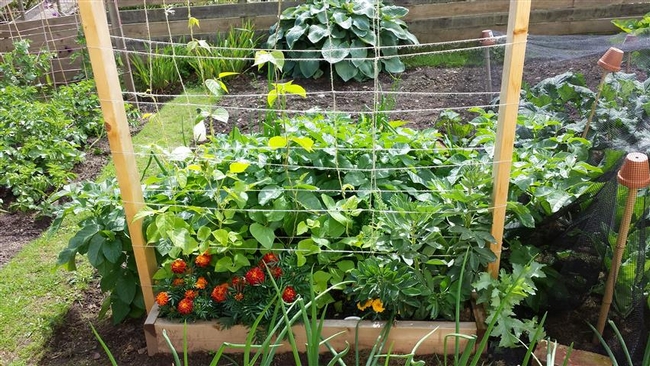
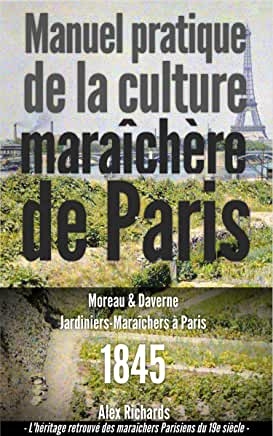
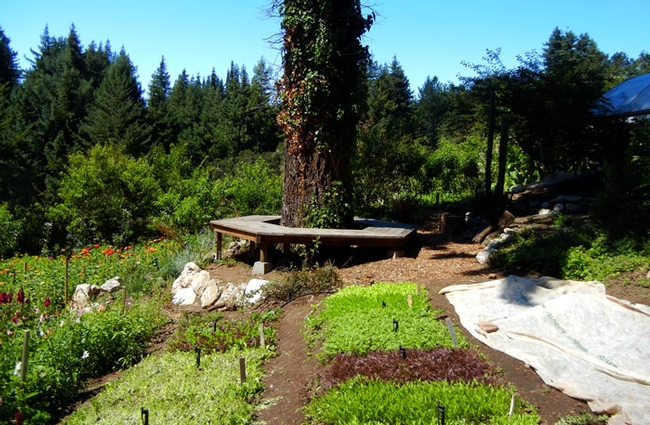
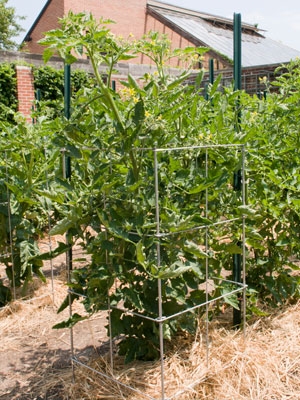

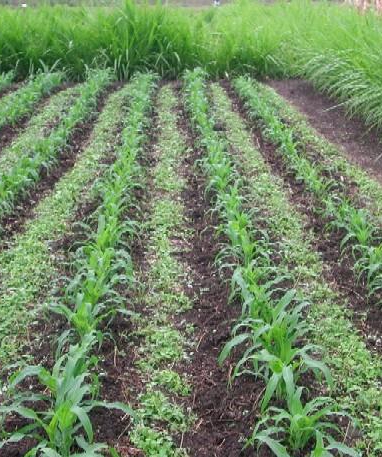
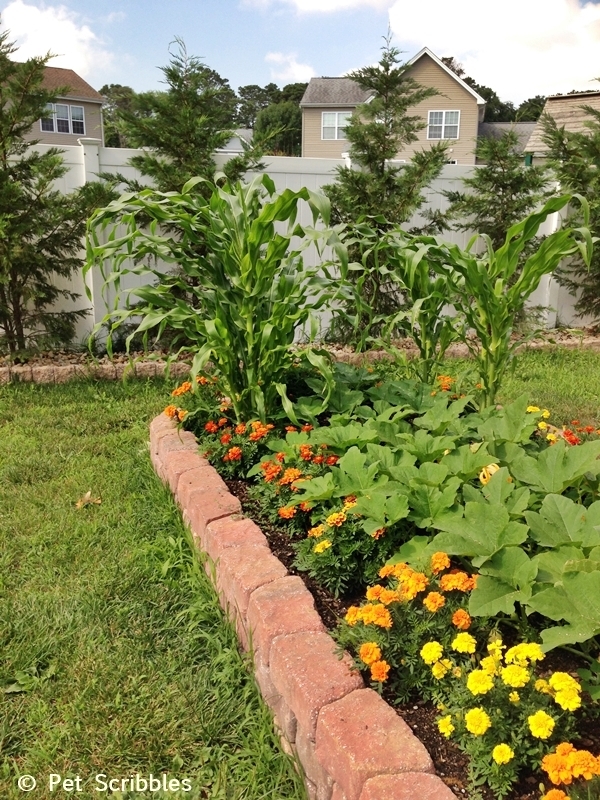
by Penny Pawl, UC Master Gardener of Napa County
I love hellebores because they stay green all year, bloom in the winter and don't take a lot of water to keep them happy. Hellebores are called Lenten roses by some because they start to bloom around the time of Lent. But they are not roses.
The flowers have some resemblance to roses but the colorful petals surrounding the flower are not part of the flower. And the petals remain on the stem for several months even after the flower in the middle has faded.
Native to the Balkan states and parts of Europe and Asia and named hellebore in the 1700s, this genus has been hybridized since then to include many beautiful colors. My first hellebore, a green one, has produced offspring identical to the parent. However, since most hellebores for sale today are hybrids, any seedlings that emerge in your garden will probably not resemble the parent plant.
I have been collecting hellebores in various colors and especially like the pink and two-toned types. I grow them on the mound in my back garden as they seem to like slopes and look nice during the cold months when I can see them from the house.
Hellebores grow well in shady areas. Nurseries sell them in gallon cans so they are easy to transplant. When you do, be sure to remove some of the container soil and mix it with your garden soil. I also put a tablespoon or two of worm compost under the plant and then water well.
If you are an adventurous person, you might want to try planting hellebores from seed. You can find seed sources online. You will have a surprise when they bloom and you discover the bloom color. Seedlings do not bloom until the second year so you will need to be patient.
In winter and spring, when your hellebores start to bloom, feed them with a natural fertilizer such as aged chicken manure or worm compost. The latter has all the necessary trace elements in a mild form. The plants go dormant in summer, but you should continue to water them.
If you like the bloom color of one of your hellebores, you can reproduce the plant by division. Wait until it has finished blooming, then dig around the root ball and lift it out. Hellebores have fibrous roots that are easily divided. Take a rooted piece or two and replant where you want them, then return the rest of the clump to the original hole.
Another method for reproducing hellebores is called micropropagation. I doubt any of us will want to try it. It involves placing a piece of the plant in a sterile test tube and treating it with hormones to stimulate growth. When the plant is big enough, it is transferred to a pot.
I saw this method used on cymbidium orchids years ago at an orchid grower in San Francisco. It is also called meristem propagation. I enjoy propagation but I don't think I am ready to attempt this method quite yet.
I have noticed few pests on my hellebores over the years. Deer, mice and gophers leave them alone because they are toxic, and few other pests bother them. Some online sources mention aphids, but I have never seen any on mine. I practice integrated pest management, so perhaps other bugs are feasting on whatever might attack my hellebores.
Workshop: UC Master Gardeners of Napa County will conduct a demonstration workshop on “Harvesting Your Compost from a Backyard Pile or Worm Bin” on Wednesday, May 26, from 6 pm to 8 pm, via Zoom. Register to get the zoom link at: City of Napa Compost Workshops
Got Garden Questions? Contact our Help Desk. The team is working remotely so please submit your questions through our diagnosis form, sending any photos to mastergardeners@countyofnapa.org or leave a detailed message at 707- 253-4143. A Master Gardener will get back to you by phone or email.
For more information visit http://napamg.ucanr.edu or find us on Facebook or Instagram, UC Master Gardeners of Napa County.
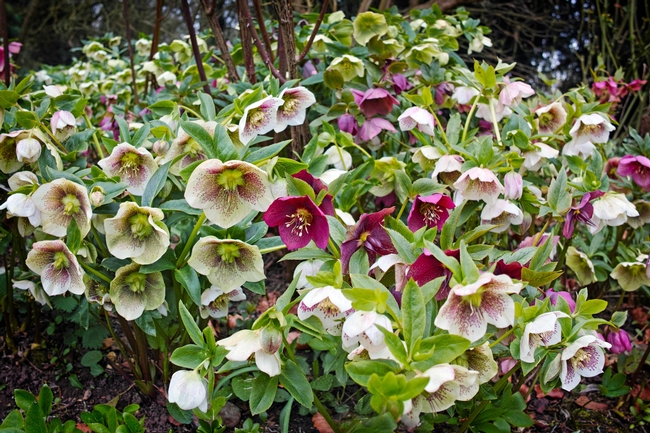
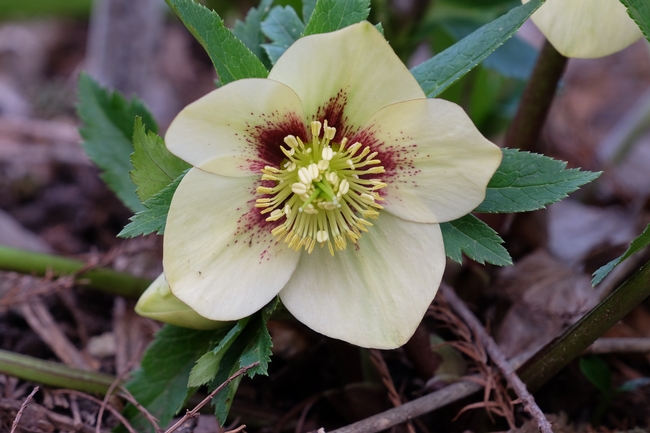
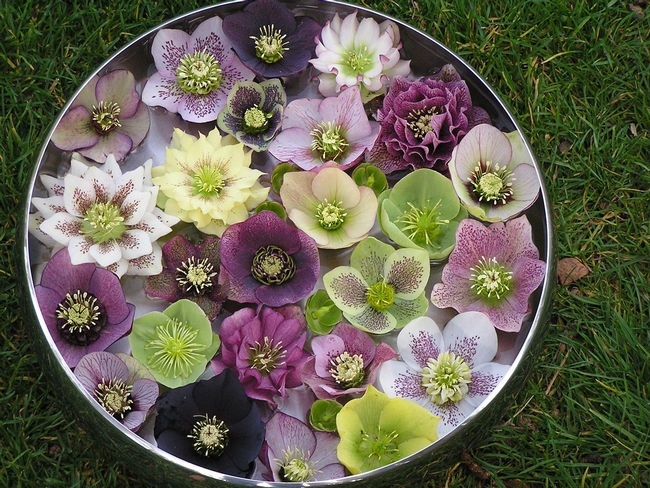
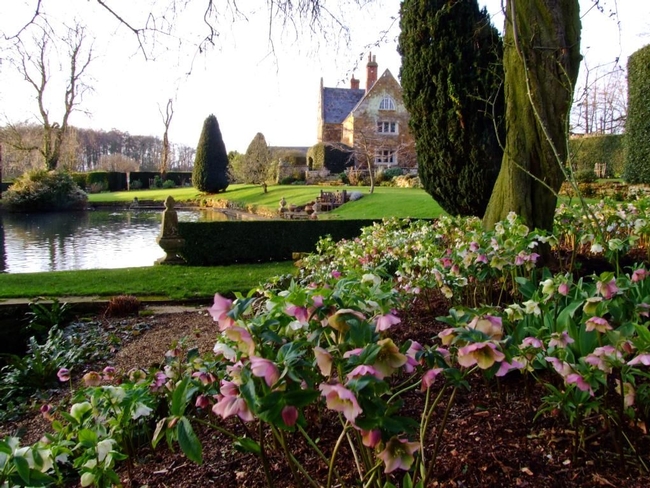
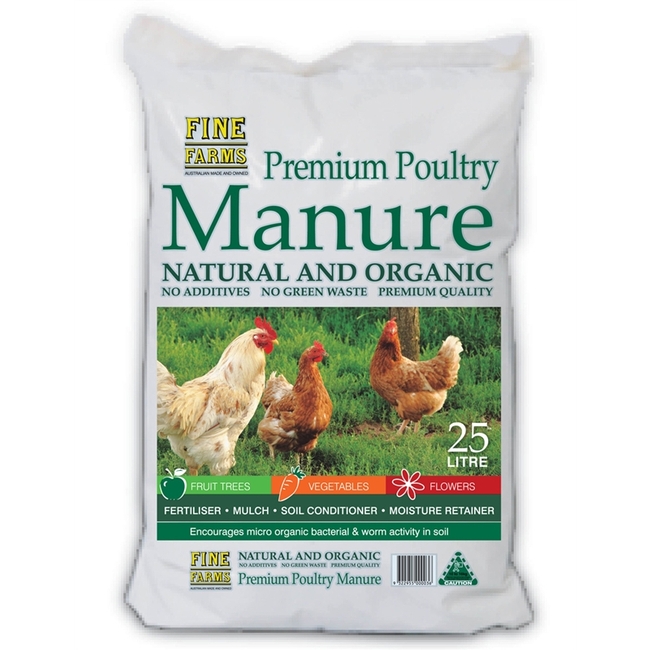
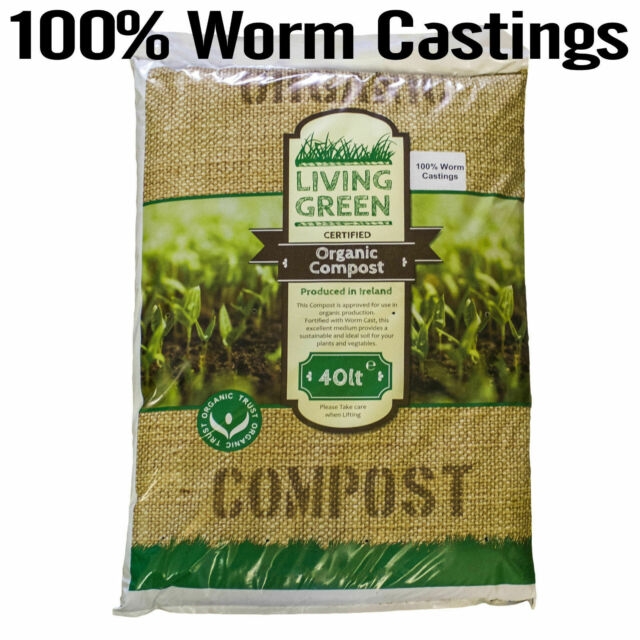
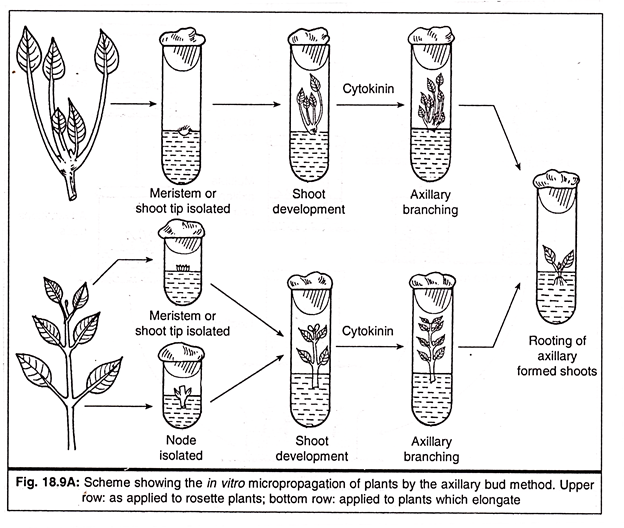
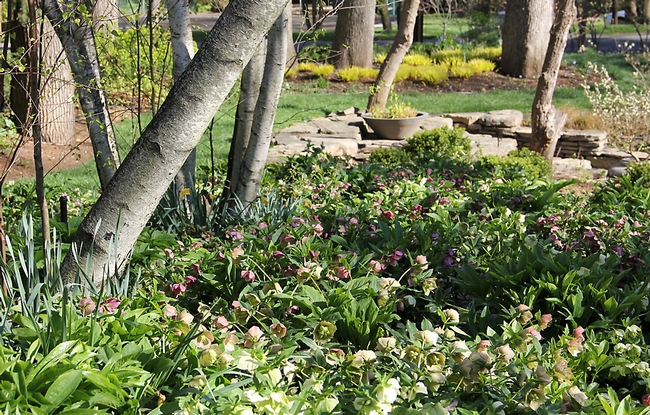
By Penny Pawl, UC Master Gardener of Napa County
Napa County Master Gardeners had many compost classes planned for last spring. Then the shelter-in-place order came through. We still wanted to tell people about the importance of composting, so we decided to collaborate with the City and County of Napa to do a public workshop via Zoom.
I had no idea what an undertaking this would be. We met to discuss how to do this event, where to produce it, what the script would be and what props we would use. We had to research our presentations and gather materials to show.
Because we would be doing the presentation from a home garden, we had to figure out where the sun would be during the live workshop so we could situate the presentation table properly.
To test our setup, one Master Gardener managed the camera outside while another was inside checking on how the workshop would look when we went live. A third person was in an off-site office monitoring the picture and sound.
We reassembled one more time to rehearse so that the webinar would go smoothly. Prior to that, we sent an event announcement with a Zoom reservation link. Luckily, we had an audience.
I have given a hundred or more compost presentations during my years as a Master Gardener, but I have to admit I was nervous about this one in a new-to-me format.
New Master Gardener Lonnie Payne-Clark opened the session with the argument for why people should compost. The short answer is: to enrich our gardens and keep organic matter out of the landfill. I once read an article about a study in which workers had drilled several feet deep into a New York City landfill. They came up with a 25-year-old newspaper wrapped around a hot dog. The newspaper was still readable. In a landfill, material is packed so tight that no air gets in. Without air, the material can't decay.
Regular additions of compost improve the tilth, or texture, of the soil. Worm compost is a mild fertilizer that benefits all plants.
Following Lonnie, Master Gardener Sue Helms spoke about various methods of composting: hot compost, cool compost, the do-nothing “compost happens” method and the so-called lasagna method.
I spoke next, about using worms to compost kitchen waste. Master Gardener Cindy Watter described how to build a pile for hot composting and other methods. She also discussed the types of bins used for composting and the various tools used to manage compost piles. We took questions at the end and then congratulated each other on a job well done.
For help making this Zoom workshop happen, we thank Kendra Bruno from the City of Napa, Amanda Griffis from the County of Napa and Napa County Master Gardener coordinator Yvonne Rasmussen. You can watch this workshop here.
The following week we did a worm composting workshop and distributed worm bins to 17 people who had signed up in advance. During the workshop, we built a bin and put in a banana peel and 500 worms to get things going. The worms will be fed more once they settle in and the banana peel starts to disappear.
For further soil building guidelines, click to find credible, relevant, practical (how-to) information to help you build and protect your soils, gardens, farms, ranches, environment!
https://ucanr.edu/sites/soils/
Click here to view more Master Gardener online workshops on a variety of gardening topics.
Food Growing Forum: Join Napa County Master Gardeners on Sunday, July 26, from 3 p.m. to 4 p.m., for a free Zoom forum on “Watering, Irrigation and More.” This forum on food growing will continue monthly on the last Sunday of every month, with future topics announced soon. To receive the Zoom link for the July 26 forum, register at http://ucanr.edu/FoodGrowingForum2020.
The UC Master Gardeners of Napa County are volunteers who provide University of California research-based information on home gardening. To find out more about home gardening or upcoming programs, visit the Master Gardener website (napamg.ucanr.edu). Our office is temporarily closed but we are answering questions by email or phone. Send your gardening questions to mastergardeners@countyofnapa.org or leave a phone message at 707-253-4143 and a Master Gardener will respond. Please include your phone number in your e-mail or voice message.

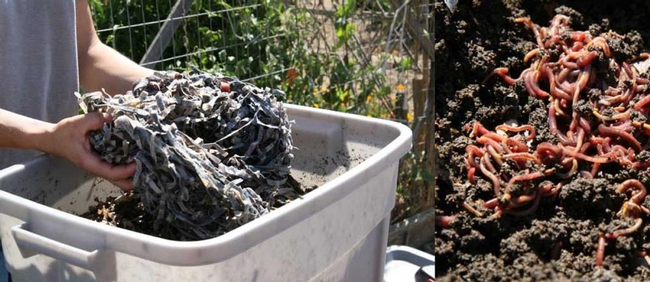
- Author: Penny Pawl
by Penny Pawl, U.C. Master Gardener of Napa County
Over the years, many people have attended compost workshops conducted by the City and County of Napa and the Napa County Master Gardeners. I have been teaching the worm compost classes and always wonder if the people who made worm bins got all the information they needed to clean the bed when the time comes.
Worms are important composters as they eat 90 percent of what is given them. Their castings(aka worm poop) provide a balanced fertilizer for plants. Over time, they will eat newsprint, dried leaves, straw, coffee grounds, eggshells and various fruits and vegetables.
Sometime after you create your worm bin and worms have been chomping on your kitchen scraps, you will need to separate the castings from the other things you have been feeding them. When you do this, you will see that the worms have transformed most of the newsprint and other bedding into a fine soil-like product.
If you are still using the 18-gallon tub you received at the workshop, you can move the finished compost to one side of the container and build new bedding on the other side. Feed the worms only on the new side and, over time, the worms will move into the new bedding. Then you can remove the old bedding to dry and remove any unfinished compost.
Another approach is to remove all the old bedding and build a new bin. However, you want your working worms to move into the new bedding. The easiest way to achieve this is to put the old bedding on a screen on top of the new and expose it to light. Worms are light sensitive. To escape the light, they will move down into the new bedding. I tried this in one large worm bin years ago and the worms had relocated in a half hour.
I compost in much larger containers. My method for harvesting the castings is to remove all the finished bedding to a wheelbarrow and rebuild the bedding with new materials. I use the “lasagna” method of layering materials. Remember to dampen all the materials as you layer them. They should be as moist as a wrung-out sponge. Worms breathe through their whole bodies and need to be kept moist.
To coax my worms out of the old bedding so I can put them back to work, I use the mesh bags that potatoes and apples are sold in. I fill those bags with new bedding and favorite foods of the worms and bury the bags in the old compost. In a few days, the worms will move from the old compost into the bags, and I can then transfer the content of the bags to in the new bedding. Another method is to place a large screen with old compost on it over the new bin and let the worms sort themselves.
Once the worms have moved out of the old compost, I dry the compost in the sun and then sift it. Any large pieces go back into the bin. If the compost is clumpy, I put it on a tarp or and walk on it to break it up before sifting.
Make sure the compost is dry before storing it. Otherwise, it may mold.
You can spread the compost directly on garden beds. I usually sprinkle it around the plants and water it in. I also put a little scoop in planting holes to give the roots of new plants a boost.
Fall Faire: U.C. Master Gardeners of Napa County's second annual Fall Faire will take place on Saturday, October 5, from noon to 4 p.m., at 1710 Soscol Avenue in Napa. Tickets are $5 for adults. Children 15 and under are free with an accompanying adult. Purchase tickets online with a credit card. Cash and check only will be accepted at the door. Find more on the Fall Faire at http://napamg.ucanr.edu/fallfaire/.
Next workshop: U.C. Master Gardeners of Napa County will hold a workshop on “Stinking Roses and Edible Alliums: Grow These Essentials for Your Kitchen” on Saturday, October 12, from 9:30 to 11:30 a.m., at the University of California Cooperative Extension, 1710 Soscol Avenue, Napa. For more details & online Registration go to http://napamg.ucanr.edu or call 707-253-4221.
The UC Master Gardeners of Napa County are volunteers who provide UC research-based information on home gardening and answer your questions. To find out more about upcoming programs or to ask a garden question, visit the Master Gardener website (http://napamg.ucanr.edu) or call (707) 253-4221 between 9 a.m. and noon on Mondays, Wednesdays or Fridays.
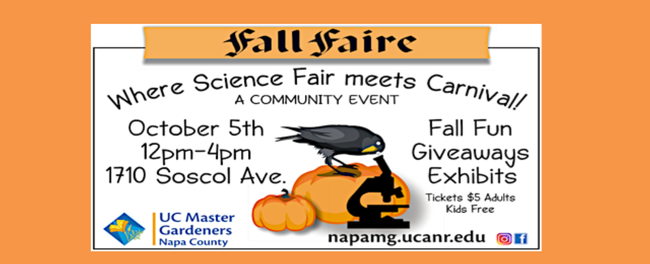
by Penny Pawl, U. C. Master Gardener of Napa County
A couple of years ago, someone gave me a strawberry plant. I had never grown strawberries as I thought it was difficult. However, I was surprised by this plant and enjoyed the ripe berries. Then I added a couple more plants and decided to build a strawberry tower. Someone else gave me more berries last summer so I now have a full five-story tower.
My tower is constructed of planting containers in five different sizes. At the top of the tower is the original plant in a 1-gallon container. Like a tiered cake, it is stacked on top of a 2-gallon, 3-gallon, 5-gallon and 7-gallon container. Each container is sunk halfway into the soil of the slightly larger container underneath it. The berries are planted around the edges and the fruit hangs down as it grows so it is easy to harvest.
My tower is in a garden bed with other plants. I filled the containers with my improved garden soil which has lots of compost in it. I fertilize the strawberries with worm compost. Watering is easy: Twice a week, I water the top pot well and the water drains down to the bottom. The roots have plenty of room to grow, and the container sides are camouflaged with hanging leaves and berries.
To discourage quail from eating the berries, I made a trellis of square tomato supports and draped a floating row cover over the top. Garden snails also like strawberries, so you must be on guard.
Every morning I go out and graze in the garden. The strawberries are so good, they never make it into the kitchen. I am growing an ever-bearing variety, so even in winter, I harvest an occasional berry.
All strawberry varieties are one of three types: June-bearing, ever-bearing or day-neutral. Before purchasing plants, read up on these different types so you get what you want. June-bearing varieties produce one crop per year and should be planted in the fall. They are usually treated as an annual and replaced each year. Day-neutral varieties have their peak in early summer but continue to produce sporadically through fall. Ever-bearing types ripen a crop in spring and again in fall.
Strawberries belong to the Rosaceae family so, yes, they are related to roses. The strawberry that we grow today in our gardens and on farms was first hybridized in France in the late 18th century. It is a cross between North American and Chilean species.
Prior to hybridization, people often foraged for strawberries in the wild. In ancient times, people valued them for medicinal uses. Many European paintings from centuries ago have strawberries in them. I also have wild strawberries growing in my garden thanks to birds spreading the seed. However, the fruit from these plants is neither as tasty nor as large as the hybrid strawberries.
The little spots on the surface of the strawberry are actually ovaries; each one has a seed inside.
Strawberries are subject to a number of soil-borne diseases. To minimize the threat, replant them in a different site every four to five years.
Workshop: U. C. Master Gardeners of Napa County will host a workshop on “Healthy Fall and Winter Vegetables” on Saturday, August 18, from 9:30 a.m. to 11:30 a.m., at University of California Cooperative Extension, 1710 Soscol Avenue, Napa. Create your own garden-to-table movement by growing veggies that thrive in cooler weather. From familiar lettuces to exotic Asian greens, from carrots to sugar snap peas, choices abound for fall, winter, and early spring dining. This hands-on workshop provides the essential growing tips that will guide you every step of the way, from planning and planting to harvest. Online registration (credit card only); Mail-in/Walk-in registration (check only or drop off cash payment).
Become a Master Gardener: Do you enjoy gardening? Are you a resident of Napa County? Do you want to teach others to be better gardeners by doing educational programs in the community? Then the UC Master Gardeners of Napa County is for you. Now is the time for experienced home gardeners to consider becoming a UC Master Gardener volunteer.
UC Master Gardeners are trained by the University of California Cooperative Extension to provide research-based information to home gardeners throughout Napa County. Volunteers initially receive extensive training, with continuing education each year.
Attend any one of these informational meetings for an application:
Napa: Tuesday, August 21, 7-8:30 p.m.; Saturday, September 8, 1-2:30 p.m.; Tuesday, September 25, noon-1:30 p.m. All meetings are at University of California Cooperative Extension, 1710 Soscal Avenue.
American Canyon: Sunday, September 16, 1-2:30 p.m., at the American Canyon Library, 300 Crawford Way.
St. Helena: Tuesday, August 21, noon-1:30 p.m., at Lyman Park, 1498 Main Street, St. Helena.
All locations are handicap accessible. Application forms will only be available at these meetings. Completed applications are due by 5 p.m on September 28. Additional information about the 2019 Master Gardener training class is available online at hppt://ucanr.edu/sites/ucmgnapa/Become_A_Master_Gardener/.
Registration for these informational meetings is not required. For moreinformation about these meetings and other Master Gardener activities, call707) 253-4221. Up Valley and American Canyon residents can call toll-free at (877) 279-3065.
The UC Master Gardener Program is open to all experienced gardeners, but space is limited and volunteers are chosen based on current program needs.
It is the policy of the University of California (UC) and the UC Division of Agriculture & Natural Resources not to engage in discrimination against or harassment of any person in any of its programs or activities (Complete nondiscrimination policy statement can be found at http://ucanr.edu/sites/anrstaff/files/215244.pdf )
Inquiries regarding ANR's nondiscrimination policies may be directed to John I. Sims, Affirmative Action Compliance Officer/Title IX Officer, University of California, Agriculture and Natural Resources, 2801 Second Street, Davis, CA 95618, (530) 750-1397.
Master Gardeners are volunteers who help the University of California reach the gardening public with home gardening information. U. C. Master Gardeners of Napa County ( http://ucanr.edu/ucmgnapa/) are available to answer gardening questions in person or by phone, Monday, Wednesday and Friday, 9 a.m. to Noon, at the U. C. Cooperative Extension office, 1710 Soscol Avenue, Suite 4, Napa, 707-253-4143, or from outside City of Napa toll-free at 877-279-3065. Or e-mail your garden questions by following the guidelines on our web site. Click on Napa, then on Have Garden Questions? Find us on Facebook under UC Master Gardeners of Napa County.

